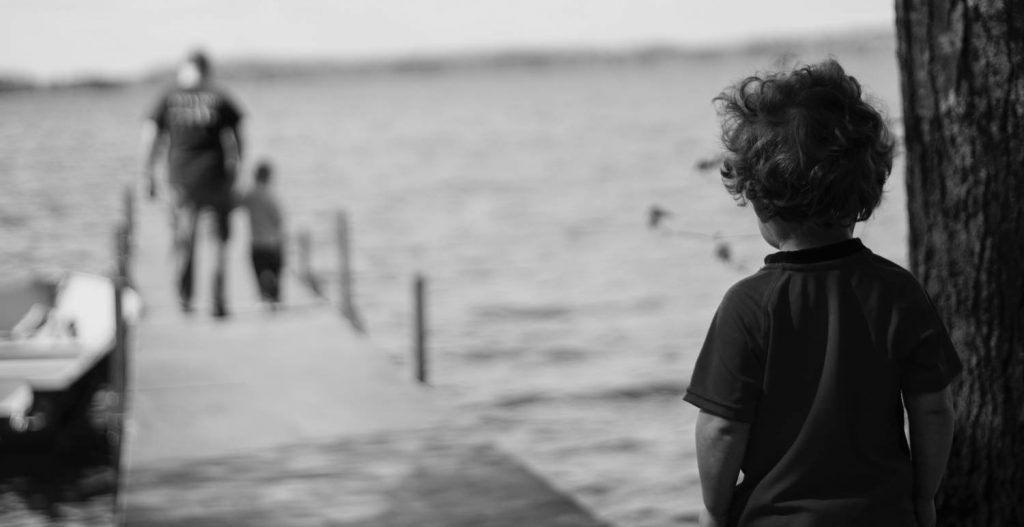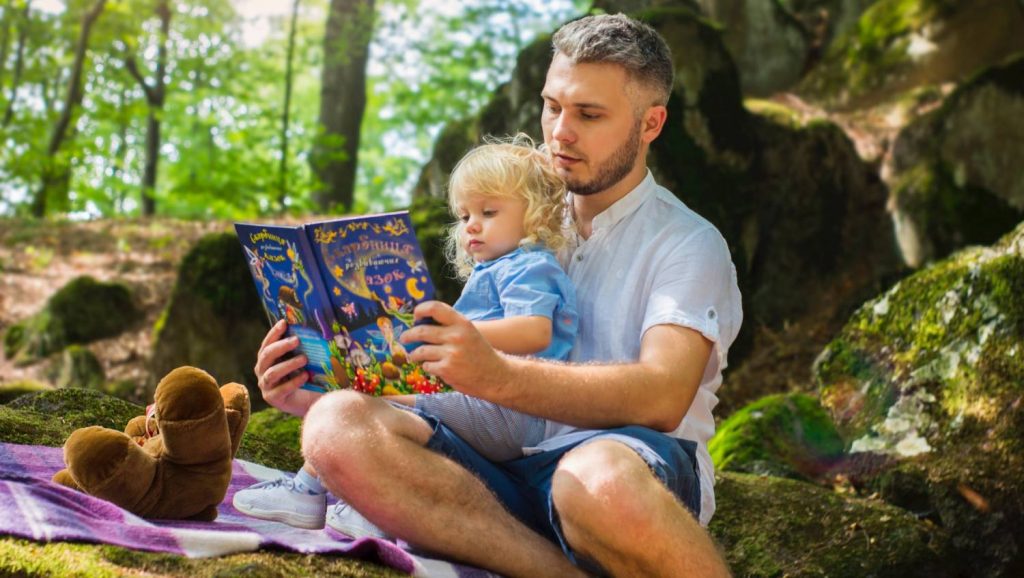Spotting a child experiencing trauma
The effects of childhood trauma on the outcomes of those who go through them have been shown in countless studies over recent years. These experiences lead to an increased risk of young people developing physical and mental health problems throughout their life. At their most extreme this trauma can lead to death during childhood because of self-harm and suicide. These traumatic experiences are known as ACEs.
What is an ACE? ACE stands for “Adverse Childhood Experience” and refers to any traumatic event during a young child’s life. These traumatic events tend to fall under one of three categories: Abuse, neglect and household dysfunction. Examples of such events include: parental abandonment, domestic violence, neglect, growing up with adults having an alcohol or drug problem.
Evidence from countless studies has shown that we have effective intervention to help improve these outcomes for young people. It is pivotal that these young people who have experienced, or are currently facing, ACEs can be identified and given the help they need.
This blog will look at how to spot a child or young person who is either currently experiencing an ACE or who has been through a trauma before.

What to look out for
The easiest to see signs and symptoms of ACEs are the physical ones. The following are just some of the common things to look out for:
- Physical injuries, bruises, cuts and burns.
- A dirty presentation such as ripped clothes.
- Having their phone or other belongings taken away.
- Constantly checking their phone as if someone is checking up on them.
This is far from an exhaustive list. It is important to look for any difference in young people in regards to how they dress or how they act. These can be key indicators that something is wrong.
Other indicators that they have experienced an ACE can be picked up on during conversation with them or by watching them interact with their friends or other adults. Things to look out for are:
- Sexualised behaviour
- Knowledge beyond their age
- Aggressive behaviour such as hitting or grabbing
Talking to the young person
Having this talk with the young person who you believe has experienced an ACE in the past is a difficult conversation to have, so it is important to be prepared.
The first thing to think about is where you are going to talk to them. There’s no telling how long the conversation is going to last, and it’s probably not a great idea to have it in the evening when people are tired and might not be in the mood to concentrate. A private and quiet room allows for the talk to be confidential and removes distractions.
A private and quiet room allows for the talk to be confidential and removes distractions
When it comes to actually having the conversation with the young person it is important to bare in mind their age and understanding. For young children it could be useful to start by going through a book on the topic to help develop this understanding (some suggestions can be found at the end of this blog). For older children of secondary school age it is likely that this is unnecessary and could come across as condescending.
During the conversation make sure to give the young person time to fully explore and share their thoughts and feelings. Don’t feel compelled to fill periods of silence as often this time is important for the young person as they think of what to say.

Children’s books on domestic violence
If you suspect a child is in immediate danger contact the police on 999 or call the NSPCC on 0808 800 5000











